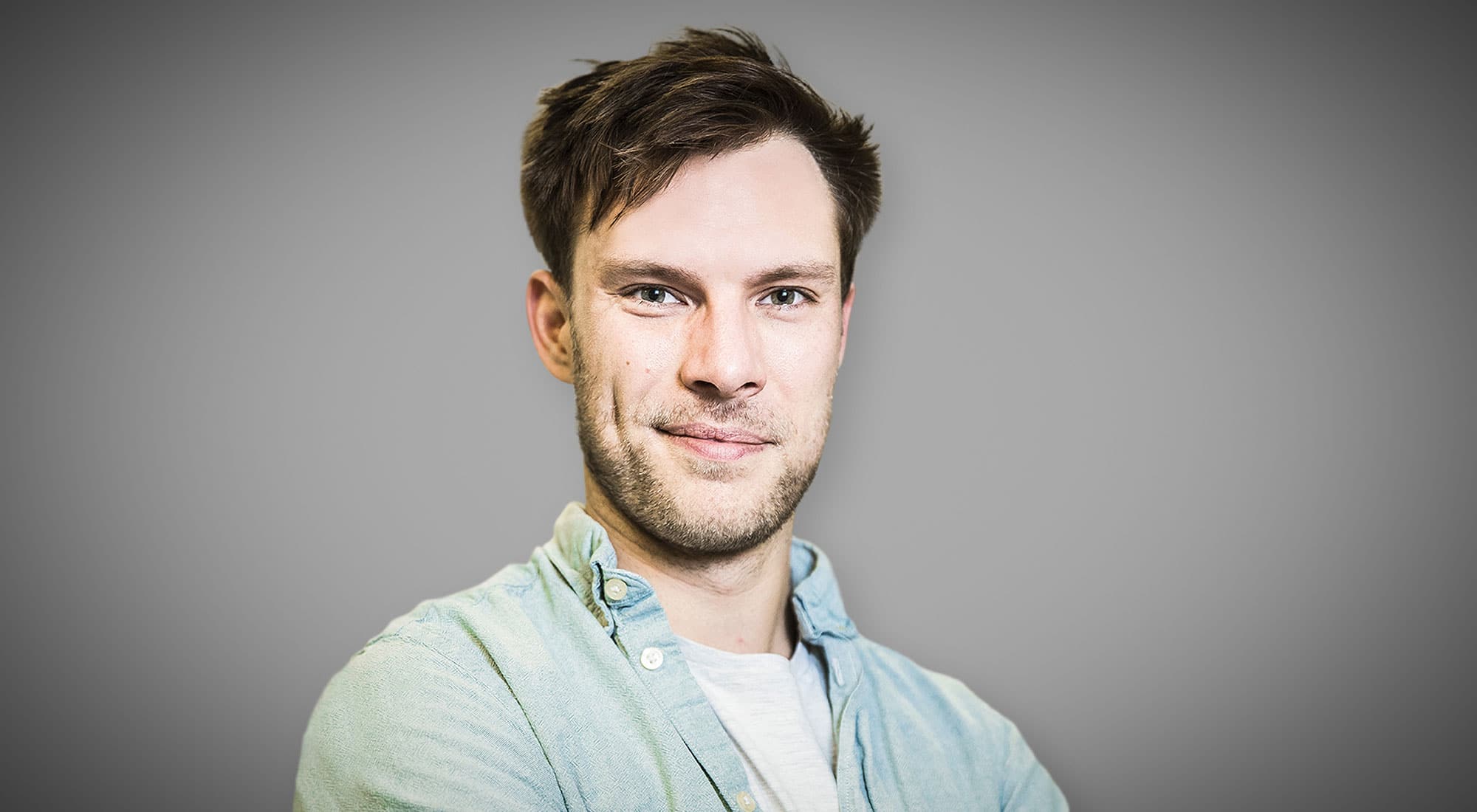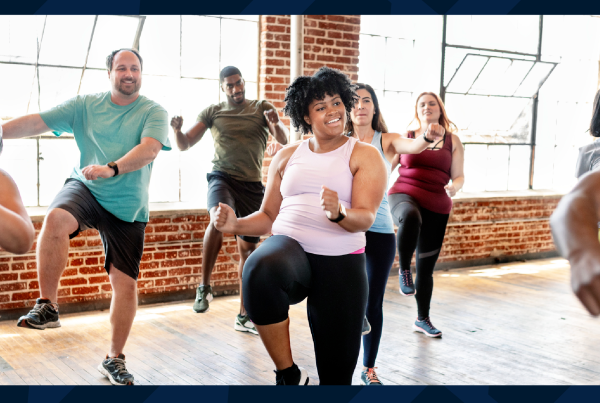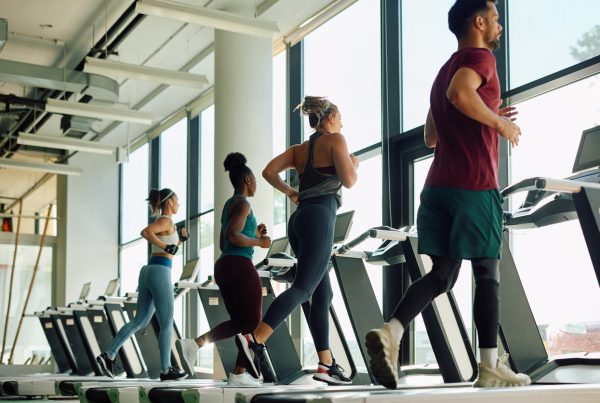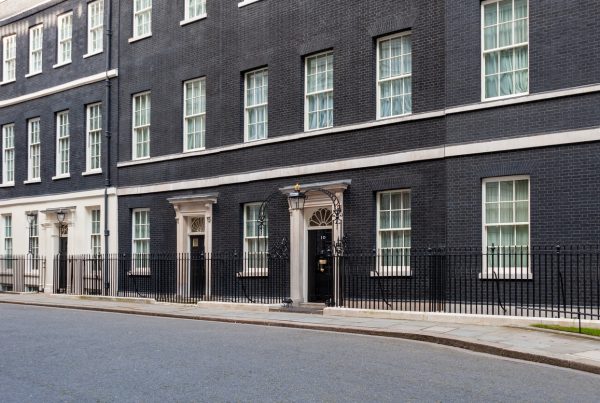By Ben Wilkins, CEO, Good Boost
A vaccine is on its way. The prospect of daily morning news that doesn’t include the word ‘COVID’ feels plausible at some point in 2021. That said, although we may be on track to beat the virus, the wake of wider health disruption from tackling the pandemic will undoubtedly be felt for years to come.
Recently, the news has been rife with reports of NHS waiting lists rising to record numbers. Regular news stories are highlighting the system-wide disruption to health services, demonstrating that the end of COVID-19 will not mean a return to services as usual.
Wales is experiencing a ten-fold increase in patients with waiting for treatment and waiting lists that are predicted to take years to recover. In England, waiting lists are on a trajectory to hit 10 million by the end of 2020, with a treatment backlog and exhausted health professionals. With all elective surgeries cancelled and rescheduled during both lockdowns, patients on surgical waiting lists are expected to have year-long waits for surgery, the highest level since 2008, with further mass cancellations of NHS operations ‘inevitable’ this winter. These challenges are also being faced across the Irish Sea and the Director of the Royal College in Northern Ireland, Mr Taylor, warns of a ‘time bomb’ as more operations are cancelled.
Pre-COVID, the NHS was already facing challenges, with rising operation waiting times, existing staff shortages and a huge 250,000 staff shortfall projected by 2030. Every single challenge faced by the NHS and the UK’s health services has been compounded ten-fold in the past 12 months. If we’re going to successfully tackle both pre- and post-COVID challenges, we’re going to have to better utilise what we already have.
These problems do not just affect the UK, and with a global shortage of healthcare professionals, as well as both growing ageing populations and waistlines, we cannot just expect international workforces to be on standby to plug the gaps in our nation’s staff and capacity shortfall.
The connection between exercise and health is not a new concept
The pages-upon-pages of published research illustrates both the clinical and cost effectiveness of physical activity for numerous health conditions. In a BMJ article published in January, Scarlett McNally, Orthopaedic Surgeon, emphasised that ‘Exercise is the miracle cure’. The impact of inactivity on people during the pandemic itself has been highlighted by Dr William Bird and Prof Muir Gary, with COVID-19 set to be followed by a deconditioning pandemic with even greater mortality and health costs.
In 2014, the first ‘Five Years Forward’ NHS strategy highlighted the role of leisure in the health of the nation, yet did not integrate the leisure sector as part of its strategy. The NHS Long Term plan, released in 2019, cited the leisure sector as an ‘unconventional place for health care’. However, we’re now at the point where leisure is no longer unconventional, and is a vital part of healthcare should we want to really address the challenges we face as a country.
People value the human connection of health
The scale of the health challenges facing the UK and the globe is too large for the existing infrastructure and health workforce to tackle without looking beyond the traditional primary, secondary and tertiary health system. The leisure sector works because it creates a human connection. It isn’t just an app, or a telehealth call, it’s a place, with people and a community. With a network of more than 7,000 gyms, leisure centres and swimming pools in the UK, with standardised booking systems, record keeping and qualified professionals and 80% of the population all living within two miles of their closest venue, it’s a pre-existing infrastructure that can effectively create health and wellbeing capacity in communities.
Great examples of this happening are everywhere – Active Luton and their Health Lifestyles for All is an integrated wellbeing service that supports the diverse needs of Luton’s communities to improve health and wellbeing through its leisure infrastructure. In Greater Manchester, GM Active, a consortium of the major leisure providers in the region, moves as one to play a major role in the health of their communities.
At Good Boost, we’re working to create tools and solutions for leisure centres. We’re a social enterprise that transforms swimming pool spaces into therapeutic exercise places, by combining AI medical apps, waterproof tablets and staff upskilling to create community musculoskeletal hubs at local pools. All this work, combined with social prescribing, creates a system that can truly create health capacity.
The examples of great practice are out there, and the leisure sector has demonstrated that it can create tangible health and wellbeing services with the existing physical and human assets communities throughout the UK. No longer an ‘unconventional place for health’, it is a necessity.




